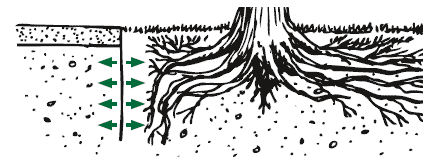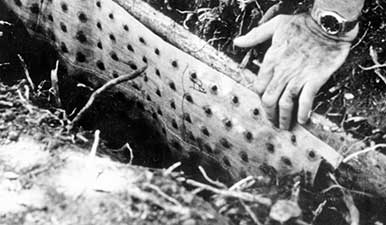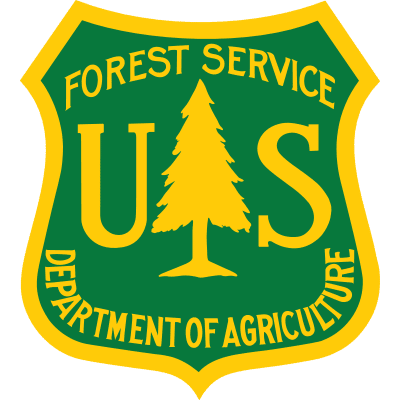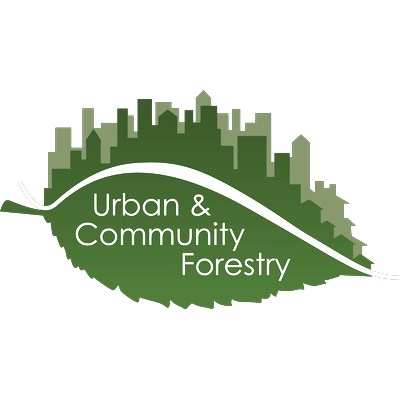Bulletin #3: Resolving Tree-Sidewalk Conflicts
In resolving conflicts between trees and sidewalks, as in so much of life, an ounce of prevention is worth a pound of cure. With careful planning there are many ways to avoid such conflicts. Bulletin editor Jim Fazio describes them well: wide treelawns, proper species selection, tree wells, root barriers and better built sidewalks are examples.
Matt Harris, Chief Executive, Arbor Day Foundation
Careful Selection
- Match tree size to the width of the treelawn Less than 4 feet is generally insufficient space for growing trees. (Select trees with a single trunk in narrow treelawns.)
- Where construction, sidewalk replacement or other work is predictable and root-cutting is inevitable, use species that arborists have found to be more tolerant to root damage. Opinions and local conditions vary, but examples include: Norway maple, ginkgo, hackberry, hawthorns, ironwoods, cherries and river birch. (Note: Oaks, beeches and redbuds are among the species that often can not withstand root damage.)
- Always plant any tree at the correct depth. According to the late tree expert, Dr. Alex Shigo, much unnecessary swelling at the base of tree trunks is caused by planting too deeply.
- Deep-rooted trees like oaks are best near sidewalks.
| Treelawn | Tree size |
|---|---|
| 4-6′ | Small |
| 6-8′ | Medium |
| 8′ or more | Large |
This is the free, digital version of Bulletin #3. Purchase the full bulletin for the complete content.
Root Barriers

Barriers force root growth downward. Research is beginning
to show that in well-drained, loamy soils, the trick
works. Where soil aeration is poor from either compaction
or excessive water, roots sometimes quickly turn back up
toward the surface after passing the barrier. However, the
roots seem to be less massive when this occurs.

A variation of the solid barrier is a herbicide-impregnated fabric that upon contact retards root growth by preventing cell division. The chemical is not taken up in the plant system like most herbicides, so there is no danger of killing the tree or spreading it to other trees through root grafts. The chemicals involved are said to be long-lasting, environmentally safe and non-toxic to animals. The fabric is flexible and can be wrapped around drain pipes to prevent clogging, or spread like a curtain to deflect growth from beneath sidewalk slabs.

Impenetrable barriers placed to a depth of 12 inches around the rootball of a new tree, or between a tree and a sidewalk, are showing promise of reducing damage to walkways. These may be commercial products, or such things as exterior grade plywood, inverted plastic garbage cans, metal, particleboard, etc.
More Information
Call 1-888-448-7337 Monday-Friday 8:00 AM to 5:00 PM CST



